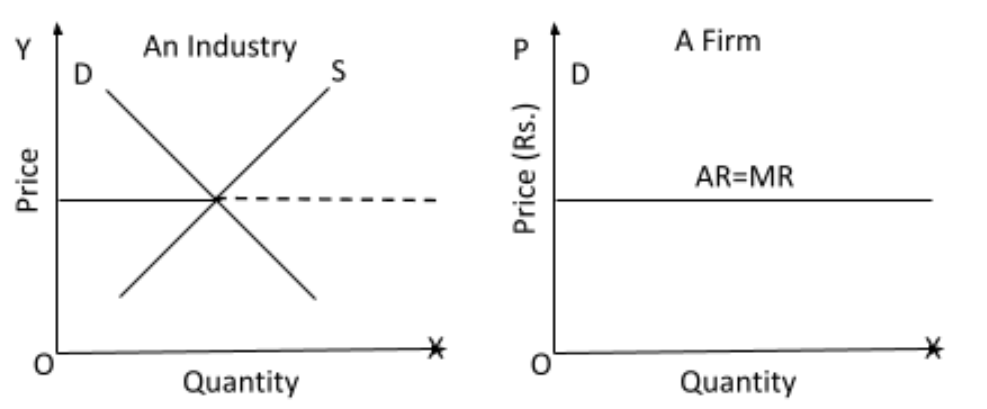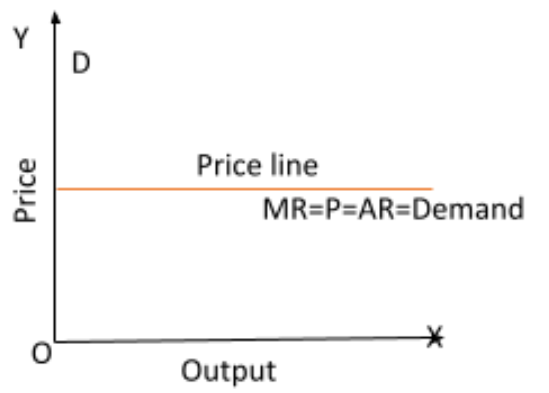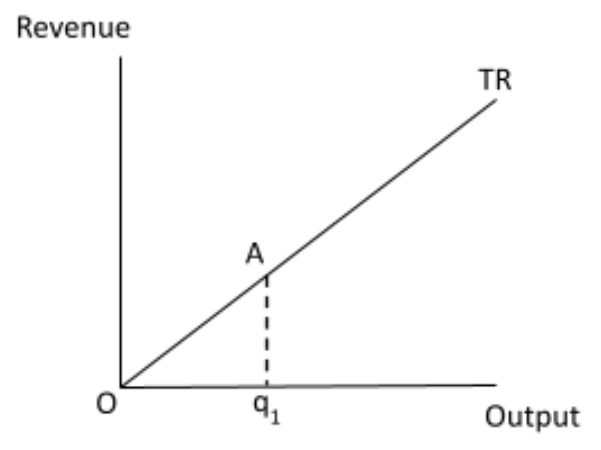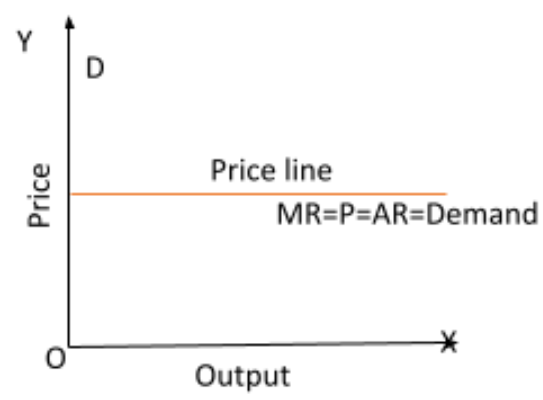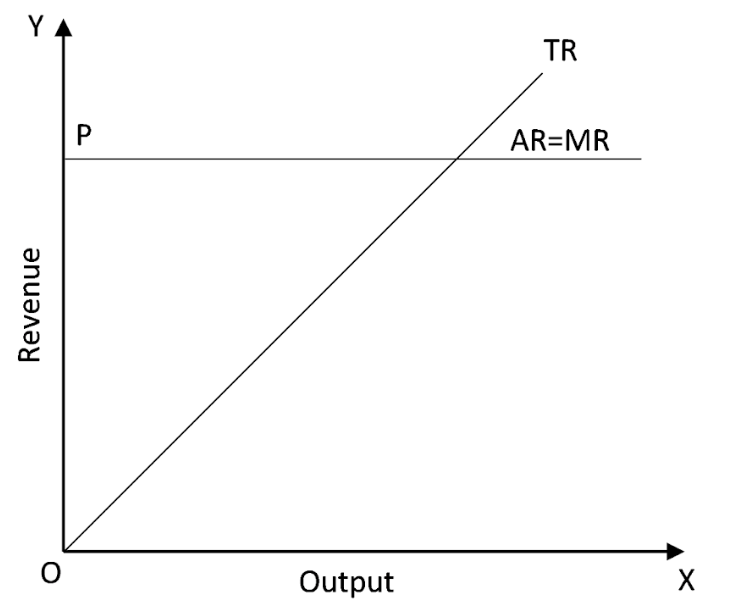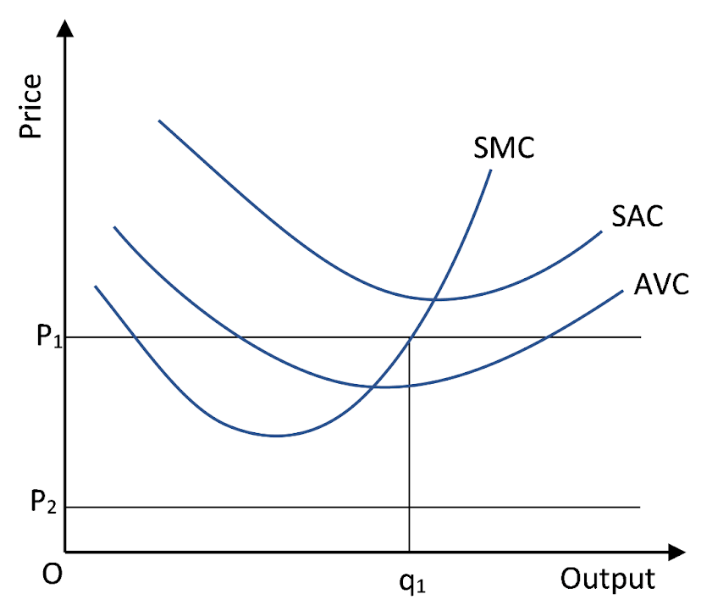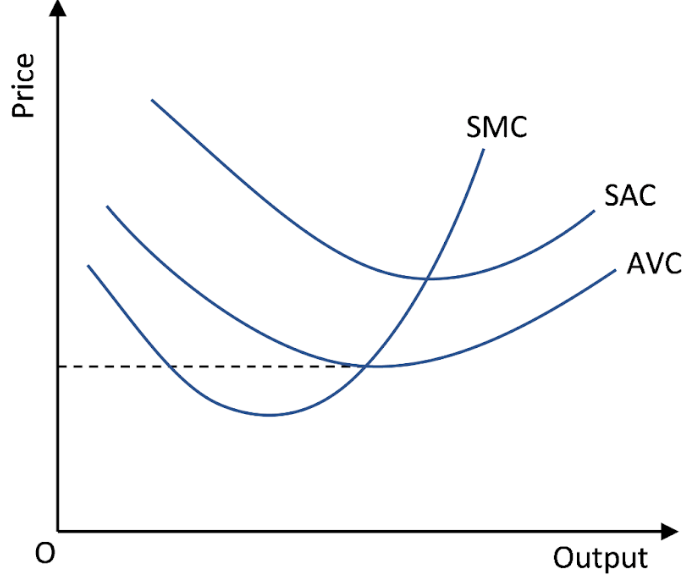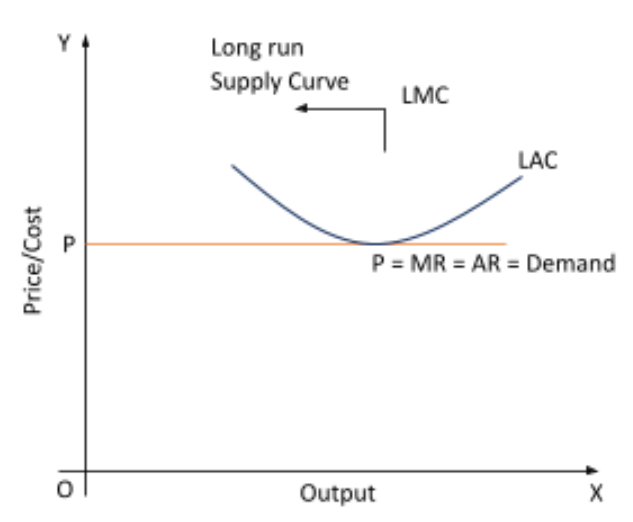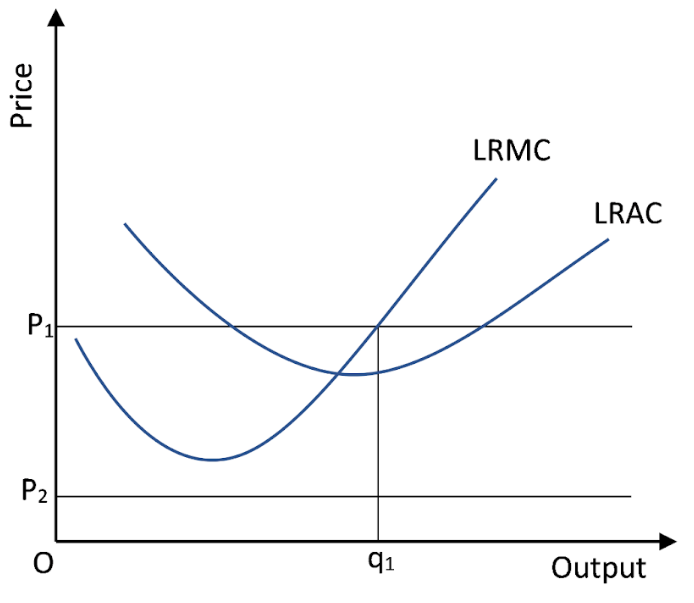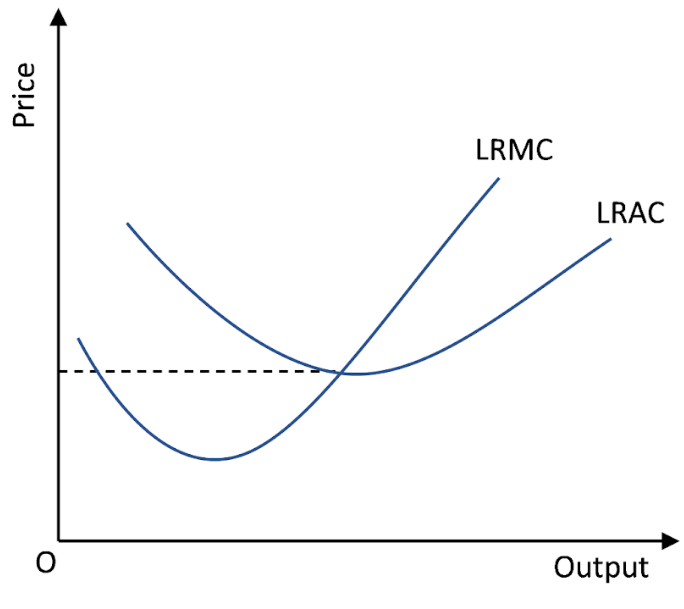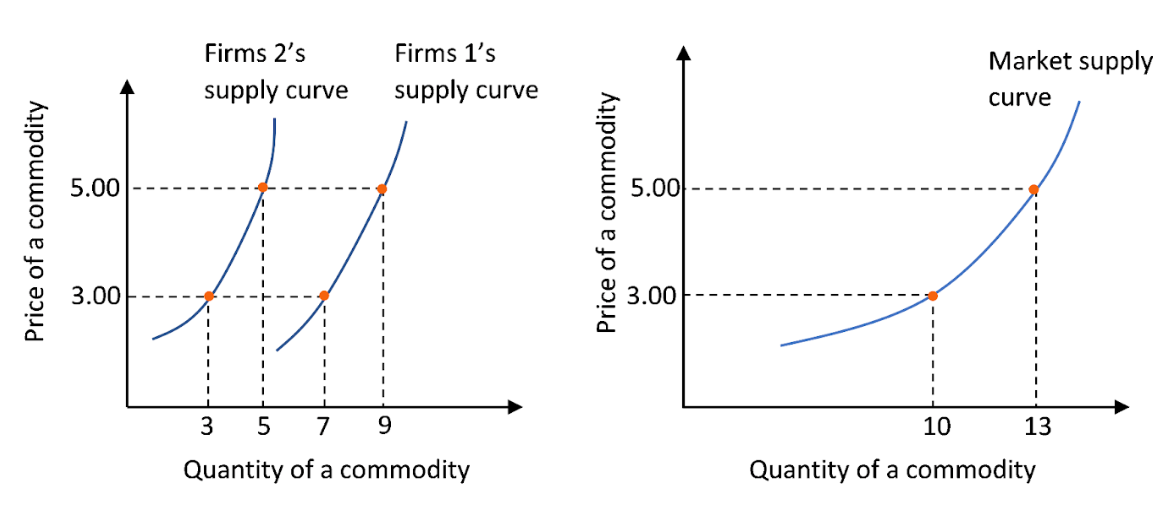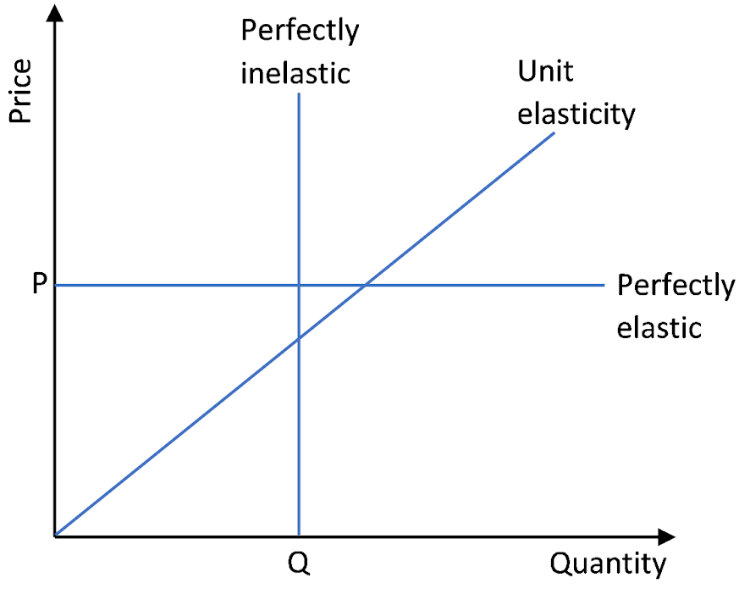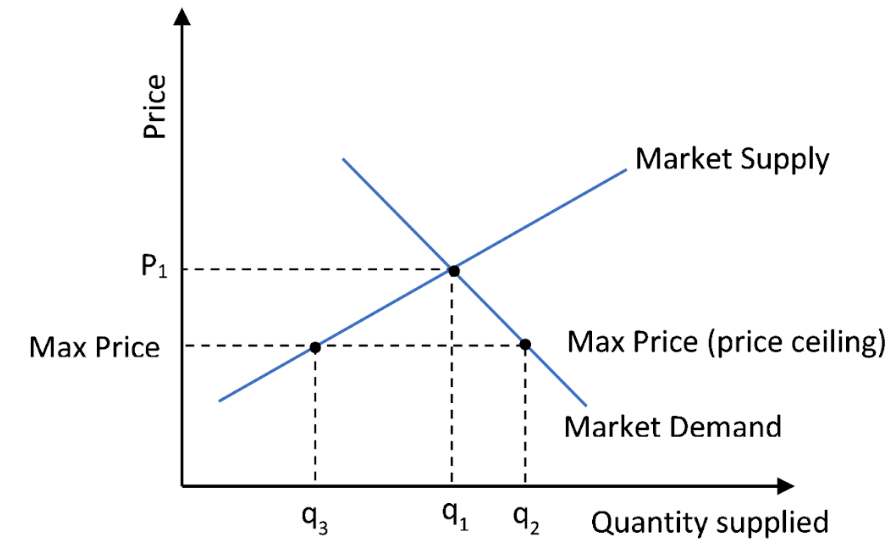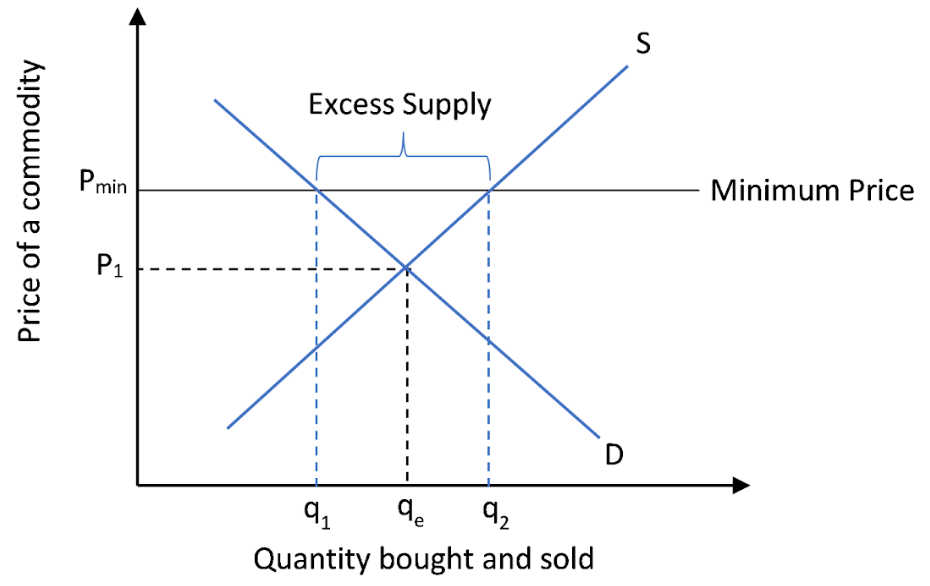An Overview of Cbse Class 12 Micro Economics Notes Chapter 4
FAQs on Cbse Class 12 Micro Economics Notes Chapter 4
1. What are the key concepts to focus on while revising The Theory of the Firm Under Perfect Competition for Class 12 Economics?
When revising this chapter, concentrate on the features of perfect competition such as a large number of sellers, homogeneous products, firms as price takers, free entry and exit of firms, and perfect knowledge in the market. Review concepts like revenue curves (TR, AR, MR), profit maximisation (MR = MC), break-even and shutdown points, and the distinctions between the short-run and long-run supply curves of a firm.
2. How is the price determined under perfect competition according to Class 12 revision notes?
Under perfect competition, price is determined by the overall industry through the interaction of demand and supply. No single firm can influence the price; each firm is a price taker and must accept the equilibrium price set by the market. The firm's role is limited to deciding how much output to sell at that price.
3. What should a student understand about the firm’s equilibrium in the context of perfect competition?
The firm’s equilibrium is achieved at the level of output where marginal cost (MC) equals marginal revenue (MR), and MC is rising. This ensures profit maximisation or minimum loss. Students should focus on understanding this condition and how it is applied in both the short run and long run for perfectly competitive firms.
4. Can you list the main differences between the short-run and long-run supply curves for a firm in perfect competition?
- Short-run supply curve: The portion of the firm’s marginal cost (MC) curve that lies above the average variable cost (AVC). Firms can only adjust variable factors.
- Long-run supply curve: The portion of the long-run marginal cost (LRMC) curve that lies above the minimum point of the long-run average cost (LRAC). All production factors can be varied and there is free entry and exit.
5. How do cost changes or technological advancements affect a firm’s supply in perfect competition?
Technological advancements and cost changes directly impact the supply. If technology improves or costs fall, the firm's marginal cost decreases, so they can supply more at the same price, which shifts the supply curve to the right. Conversely, higher input costs reduce profitability and can decrease supply.
6. What does it mean when a firm is called a ‘price taker’ in perfect competition?
In a perfectly competitive market, a ‘price taker’ is a firm that cannot influence the market price of its product. The price is set by overall market demand and supply, and each firm must accept this price. If a firm tries to charge a higher price, it will lose all its customers.
7. Why is the price elasticity of supply always positive in perfect competition?
Price elasticity of supply is always positive in perfect competition because an increase in price leads to an increase in the quantity supplied (direct relationship). Suppliers are willing to supply more when prices rise and less when they fall.
8. How do the concepts of break-even and shutdown points help in revision?
- Break-even point: It is the output level where total revenue equals total cost (TR = TC), and the firm earns normal profit only.
- Shutdown point: The output level where the price equals minimum average variable cost (AVC). Below this, the firm cannot cover variable costs and must cease production in the short run.
9. What common misconceptions should students avoid when revising this chapter?
Students often mistakenly think that firms can set prices in perfect competition, but they are always price takers. Another misconception is that all firms always make profits—in the long run, firms can only earn normal profits due to free entry and exit. Lastly, confusing short-run and long-run supply curves is also common. Revise the definitions and graphical representations for clarity.
10. How can students connect the concept of perfect competition with real-life examples for better understanding?
Real-life examples of perfect competition are rare, but markets like agricultural products (e.g., wheat, rice) closely resemble it, as many sellers offer similar products with little price variation. Consider these examples to visualise the concepts of homogeneous products, price taking, and free market entry/exit in practice.
























